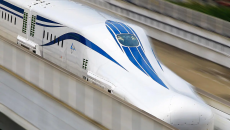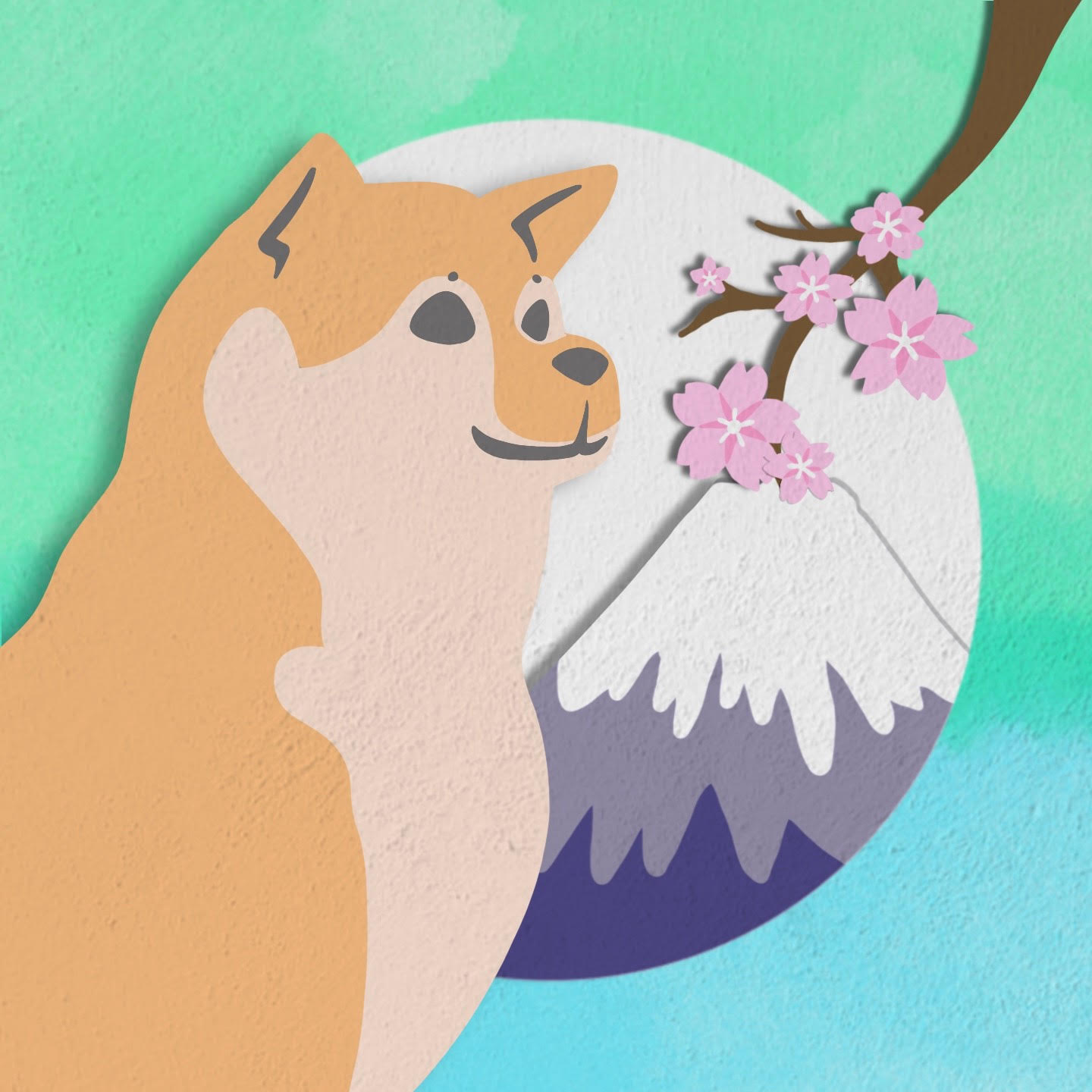Newly developed AI technology will allow wagyu farmers in Japan to easily identify individual cows by scanning the patterns on their noses.
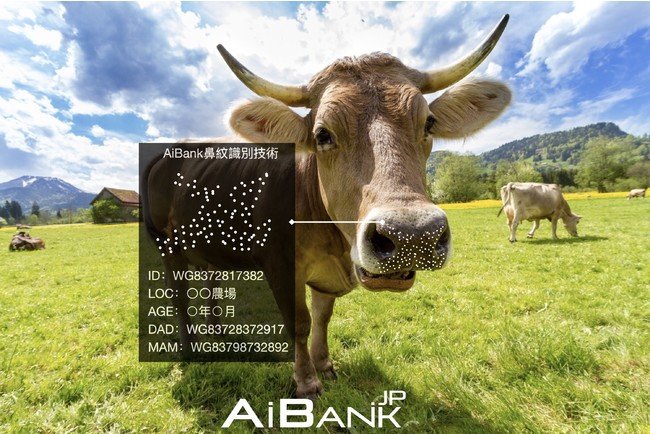
What is Wagyu?
Wagyu (和牛) refers to beef from any of the four following Japanese breeds of cow, including the Japanese Black or kuroge, Japanese Brown or akage, Japanese Polled, known as Nihon Mukaku, and Japanese Shorthorn or Nihon Tankaku .
Japanese Wagyu beef is of such high quality because of the near-perfectionist methods of cattle raising that produce the best beef on the planet. This process often begins when the cows are aged between 7 and 10 months old. Farmers may spend up to 3 million yen ($30,000) for a cow only after its pure bloodline has been confirmed with birth certificates.
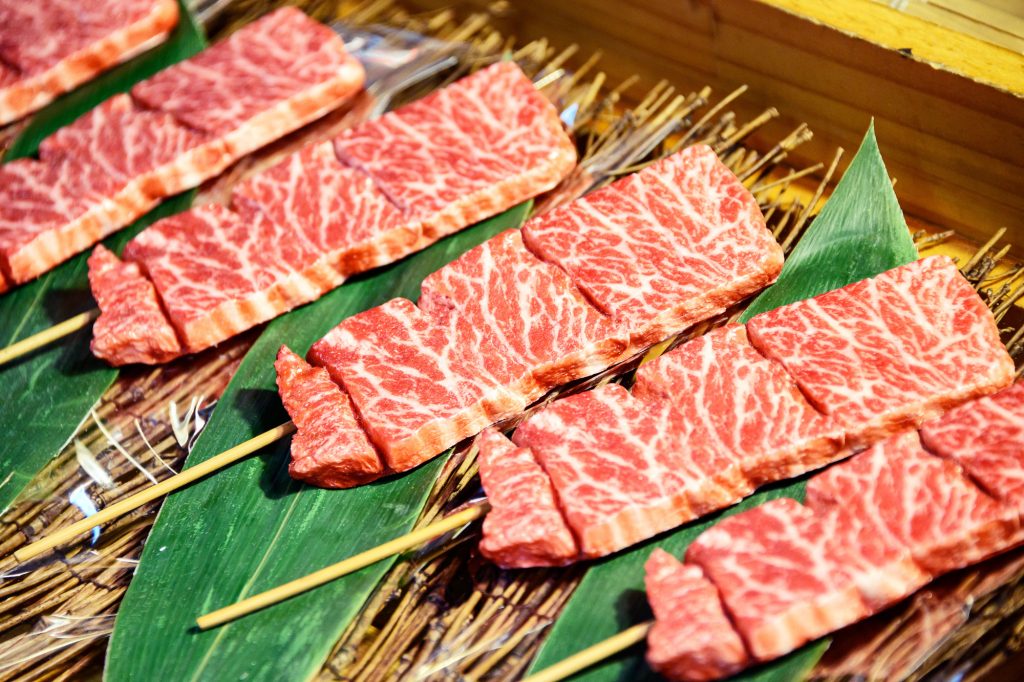
Image sourced from Departures.
These cows then live what can be considered the best life a cow who will eventually meet it’s inevitable fate can live. To ensure a high fat content that results in the famous marbling, farmers raise the cows in spacious, stress-free grazing environments paying particular attention to what the cows are fed, and how much weight they gain.
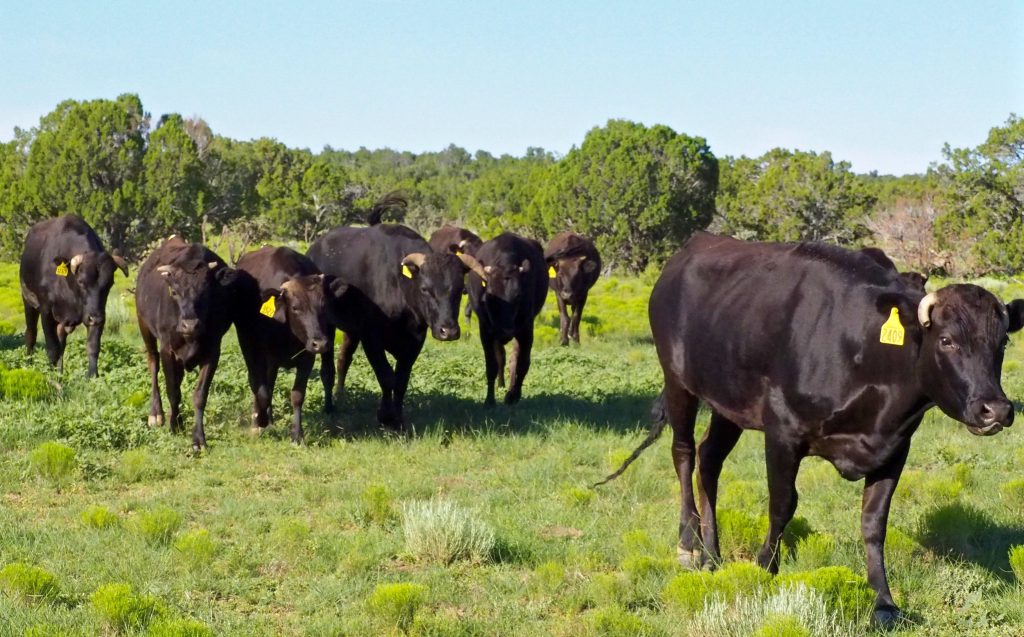
Image sourced from Lone Mountain Wagyu.
Minimizing the stress placed on each cow is a major part of farming wagyu as it is said that as a result of stress, cows produce more adrenaline which in turn results in stiffer, tencer and tougher meat.
They are often provided with 3 meals a day consisting of a high-energy diet of wheat and grain and may gain up to a kilogram a day. Of course, there are never any steroids or growth hormones used to aid the process. Some farmers have even been known to play music for the cows when they are feeding.
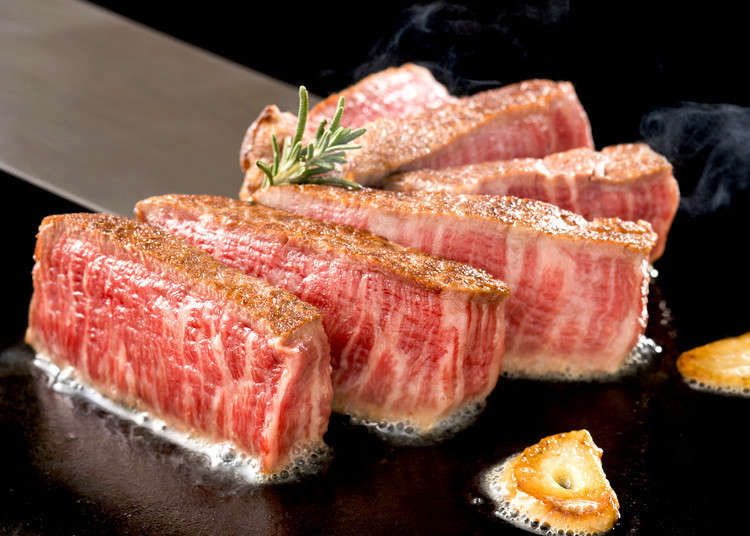
Image sourced from Live Japan.
Grading Wagyu Beef
Before becoming a delicious steak, the cows are often raised until they weigh around 600 to 700 kilograms and often have a fat content of around 50%. They are then individually graded on their fat content and color, the color of their meat, the size of the ribeye area, and are given a marbling percentage. They are then graded on a scale of 1 to 5, with 5 being the highest, paired with a letter grade of either A, B, or C. A5 is the highest quality wagyu there is.
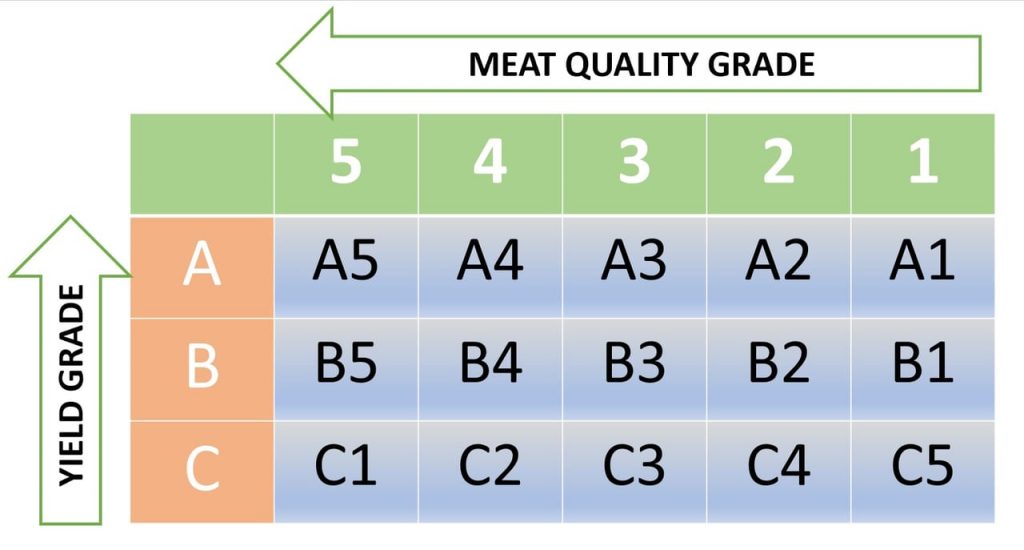
Image sourced from Food Diversity Today.
To receive high grades for their cows, farmers have to raise each cow extremely carefully, and as a result, must be extremely careful in identifying each cow and keeping track of its diet and weight as it matures.

Image sourced from Costco.
Keeping Track of Wagyu Cow’s
To keep track of each cow, farmers use a roller and ink to create a print of each cow’s nose on a certificate that notes its birthplace, birth date, identification number, and various other details. This certificate is usually provided to buyers at an auction.
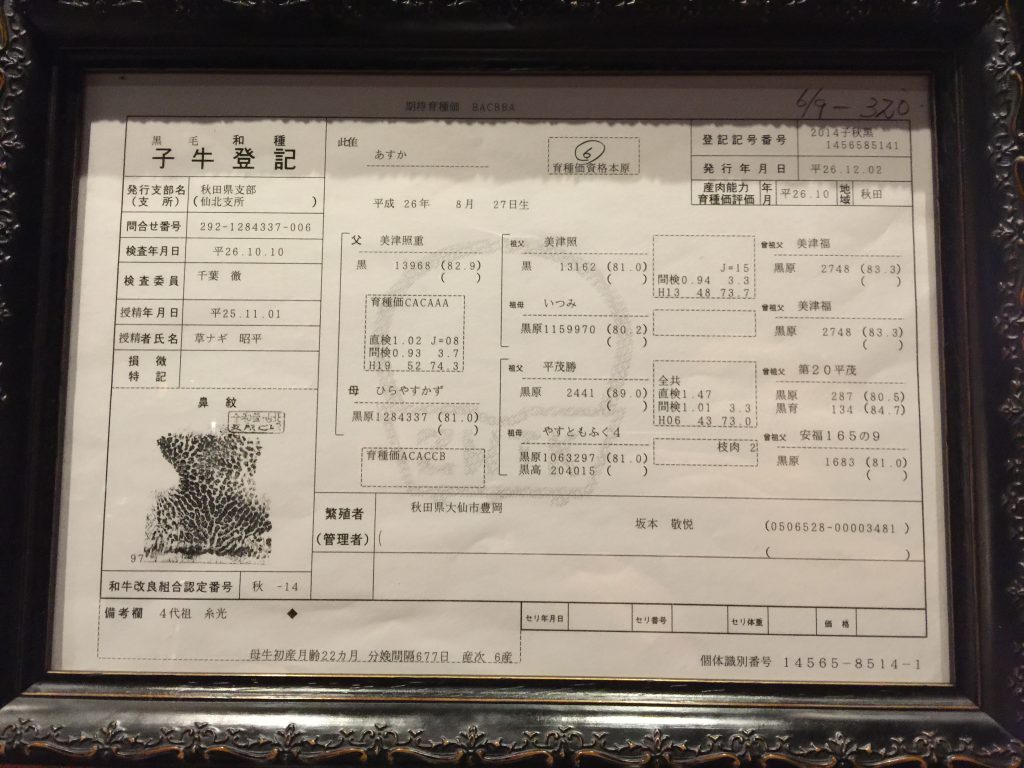
Image sourced from Imgur.
Ordinary people can also look up these details by entering the identification number on the National Livestock Breeding Center’s website (https://www.id.nlbc.go.jp/top.html?pc). This number is even included on wagyu sold in supermarkets allowing the everyday shopper to learn about the cow that the piece of meat they bought once belonged to.
Making Things Easier with AI
The new and already patented technology that will allow farmers to speed up the process of identifying and overseeing each cow is the work of Huawei, a Chinese multinational technology company. The artificial intelligence (AI) software will allow farmers to simply take a picture of a cow’s head, as the algorithm will do the rest of the work and identify the patterns on the nose of said cow. The farmers will then be able to upload and collect identifications via the online database.

Image sourced from ITmedia.
This new method will reduce the stress placed on each cow during the process of identification as the current ink-print method can lead to an array of problems, including disease and the risk of damaging the certificate when pressed onto a cow’s nose.
Further, ink prints can only be identified by an experienced and qualified professional, so the adoption of this software would allow all farmers to quickly identify cows and reduce the amount of human error that could result in misidentification.
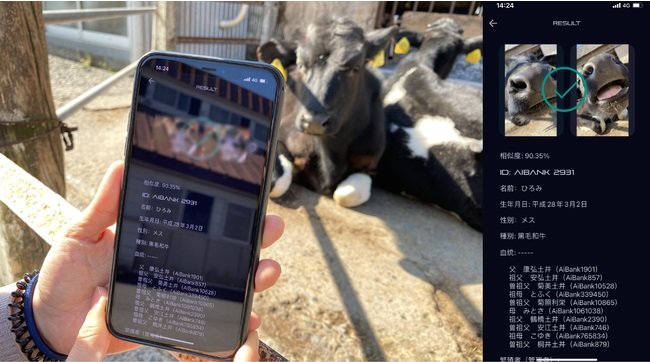
Image sourced from ITmedia.
Huawei also plans to utilize this software for dogs and cats so that in the future, keeping track of stray animals in shelters or kennels will also be quicker, easier, and less stress-inducing for animals.
The new technology will be instrumental in the future in terms of making the identification of not only wagyu cows but also cats and dogs quicker and easier, a trend seen in all realms of life with increased development in technology, AI, and automation tech.
Who knows, maybe the increasingly stress-free process of obtaining nose prints from wagyu cows will make wagyu beef even more tender, more marbled, and taste even better!
Sources:
https://www.itmedia.co.jp/news/articles/2104/19/news122.html
Related Articles
Japan’s Maglev Train Project Faces Setbacks in Shizuoka
The President of JR Tokai, Shin Kaneko, has stated that it will be impossible for the maglev train to open by 2027 due to the ongoing issues in Shizuoka.
Japanese People Shocked After Finding Out Pizza Hut Wasn’t “Pizza Hat”
All this time thousands of Japanese people though Pizza Hut was called “Pizza Hat” due to translation errors. Also, the confusing logo!


